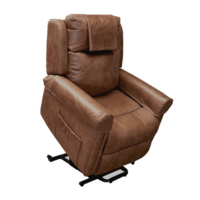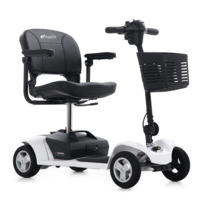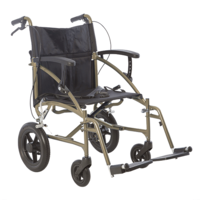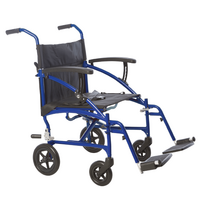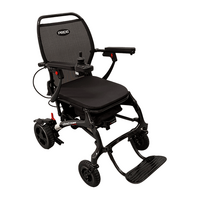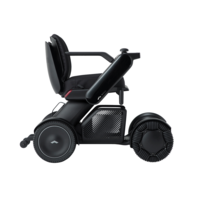What to consider
A good place to start is by chatting with your occupational therapist about your requirements, ability and the appropriate mobility aids to help you gain or maintain your independence.
When buying a wheelchair for a family member it is important to think about whether they’ll need additional assistance to get around. For example, someone with limited mobility or dementia may not be able to move around at all without assistance, in which case a transit wheelchair may be the most appropriate option.
If you’d like a wheelchair in order to gain more freedom or to alleviate symptoms associated with walking, then a self-propelled wheelchair may be suitable. However, these still require some upper body strength in order to move and they can be harder to control on slopes and rough terrain.
A motorised wheelchair, which is operated by a hand control, often provides the best combination of convenience and ease of use. Designed to fit into the same space as a manual wheelchair, a motorised wheelchair can be used indoors and outdoors by people with varying levels of strength and dexterity. They allow you to navigate ramps and slopes without experiencing fatigue and the comfortable seat means you can use it for hours without discomfort.
Something else to consider when choosing a wheelchair is how you’ll use it. Will you use it only infrequently or as an adjunct to other mobility aids?
Will you use it around the house as well as outside and need to navigate small slopes and ramps? Do you have the upper body strength to propel a manual wheelchair?
If you have a carer to help you get around, will they be able to push you in the wheelchair, taking into account the weight of the chair as well as any slopes you may need to go up and down?




















